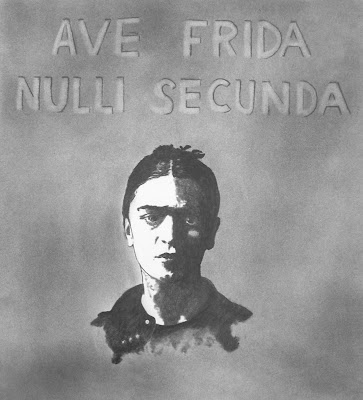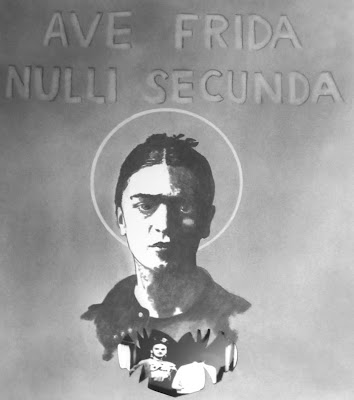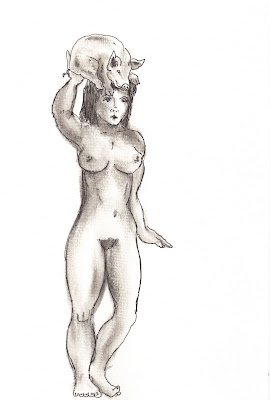How to Eat a Mango
Here's another peek at some of the writing that I've been doing about my early childhood in Guantanamo, Cuba. This particular chapter has a section which deals with the art of mango-eating which I think you may find of interest.
The chapter in question essentially describes my neighborhood and the below segment picks up on a house up the street from my grandparents' house which had a huge mango tree:
Next to Mongo’s house was another walled house where Enrique “El Manco” lived. His nickname was slang for someone missing a hand, although Enrique had both hands, but was missing several fingers from one of them. His front yard boasted a huge mango tree. It was easily the largest tree for blocks around, and during mango season, the huge branches, loaded with fruit, that hung above the street were an unending supply source of mangos for everyone with a good aim to knock some of them off with rocks and then pick them off the street.
But soon all the mangos from the branches that over hanged onto the streets were gone, and then we had to actually sneak into the walled garden and climb the tree and knock some mangos to the ground, climb down, grab them and scram back to the street before anyone in the house noticed the intrusion. This was nearly impossible, as it seemed that every member of Enrique’s family was always on the lookout for mango thieves, as the mango tree was a source of income, since they sold them by the bag-full from the side of their house.
The art of eating a mango deserves some attention.
There are several ways. The first one, and the most easy to perform by amateur mango eaters, is simply to take the mango, cut into it with a knife and slice off the meaty parts, peel the skin off and eat the hard slices.
Seldom did a mango knocked off Enrique’s tree make it to any house to be eaten this way.
Once you knocked off a mango, and provided that no one grabbed it before you got to it – as there was always a group of mango rock throwers, and anytime a mango came down, it was always a debate as to exactly whose rock had brought the fruit down. Cubans love to debate just about anything, and the mango debates provided very good training on this art. Anyway, once you had a mango, then you ran to either the shade of my grandparents' house’s portico or the bakery’s veranda to enjoy the fruit.
Here’s the proper way to eat a mango.
First roll it back and forth on the ground, a tiled floor is perfect, to mush up the inside of the mango. Then, using you fingertips, really liquefy the mango pulp by gently squeezing the mango over and over. Once that pulp is almost nothing but juice, with your teeth puncture a small hole at the tip of the mango.
You can now squeeze the mango and suck the juice through that hole. It’s sort of a nature-made box drink!
Once all the mango juice is all gone, now comes the messy part. No one, not even the British, have ever discovered a way to eat a mango without making a mess.
Once the juice is gone, then you bite the skin, strip it away from the seed, lick it clean and then begin to bite away all the strands of mango fiber still attached to the seed. By the time a good mango eater is done with a mango, the mango seed looks like a yellowish bar of used soap, slick and fiber-less.
Of course, your face and chest area are now completely covered in dried up, sticky mango juice, so then you'd usually head back home to clean up with the garden hose and drink water to quell the thirst that the mango sugar causes.
That’s how one eats a mango – at least in my childhood neighborhood.





























